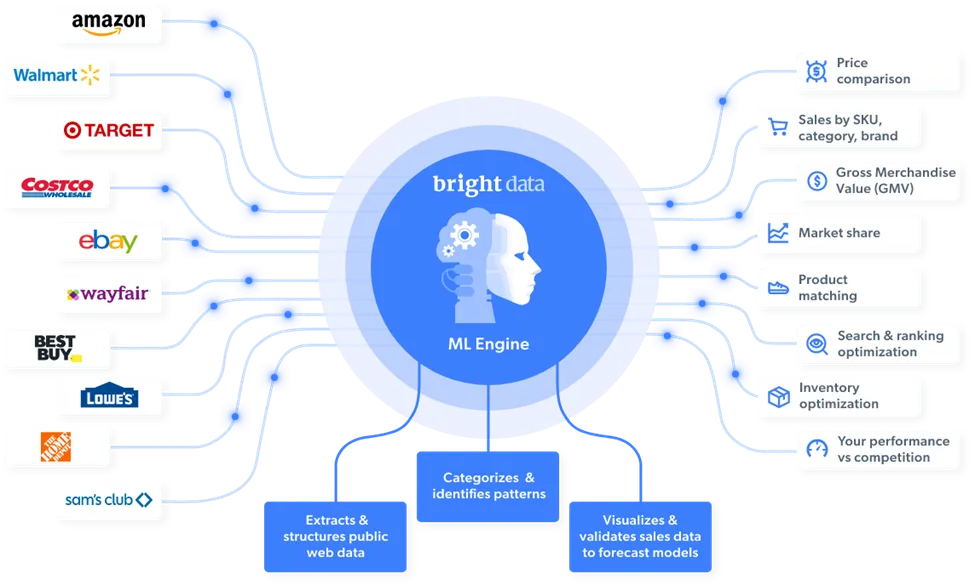Cybercrime is a huge problem across most major industries. It doesn't matter if you're an SMB or a huge global company; there's a strong chance that cybercriminals will one day choose you as their next victim. This is why cybersecurity needs to be your number one priority moving forward.
According to LinkedIn, global cybercrime costs businesses and people an estimated $6 trillion a year. This is scary and highlights that the cybercrime market is growing at a rapid rate. Financial losses aren't the only consequence of cybercrime. In addition, businesses can also experience stolen data, reputational damage, and even loss of customers. It's truly a nightmare scenario.
In order to protect your business website and network devices from cyberattacks, you can use this guide as a blueprint for success. Simply follow the steps below to get started.
Step 1: Provide Your Employees with Phishing Training
Phishing is when cybercriminals send messages (usually via email) that are written and designed as if they're from reputable companies. The messages contain malware links that you're encouraged to click on. If you do click on them, it can then provide the hackers with access to your company accounts and network.
Because phishing has become one of the biggest cyber threats out there, countless businesses are now providing their employees with training and other resources so they're better equipped to spot phishing attempts. To get started, learn more about the different types of Phishing, which range from email phishing to whaling.
Step 2: Protect Your Vulnerable Network Devices
Across your network, you probably have at least several devices, such as smart lights and security cameras, that are extremely vulnerable to cyberattacks. Yep, that's right: even IoT devices like smart lights can be exploited by hackers. Essentially, these devices are like open windows on the side of a building that the hackers can climb through to get inside. Once inside your network, the hackers can plan malware, steal customer data, and do all sorts of other things that can cause huge amounts of damage.
Knowing this, it's important that you implement IoT security methods. For example, many businesses now ensure that all data generated by IoT devices is fully encrypted, meaning cybercriminals can't read it. You can also do simple things like use stronger passwords across IoT devices.
Step 3: Install Antivirus Software
Across all of your company devices, from laptops to employee smartphones, make sure that antivirus software is installed. This will add an extra layer of security that makes it much more difficult for potential malware to harm your company devices.
Step 4: Use a Traffic Load Balancer
A common strategy used by cybercriminals is to overwhelm a website with traffic so it crashes and becomes exposed. Luckily, you can prevent this from happening with your business website by using a traffic load balancer. The way this works is that only a specific number of visitors will be able to access your website at any given time (e.g., five hundred). These days, almost all major businesses use a traffic load balancer, which is why you should, too.
Summary
The steps provided in this guide will help to protect your business website and network from future cyberattacks. As a result, you won't have to worry about monetary losses or stolen customer data.

